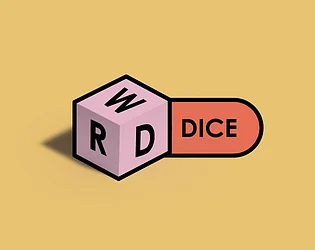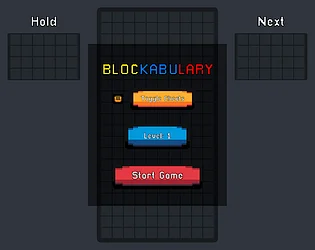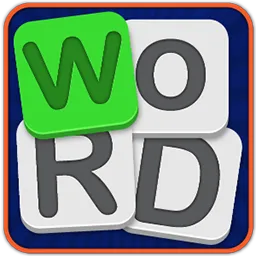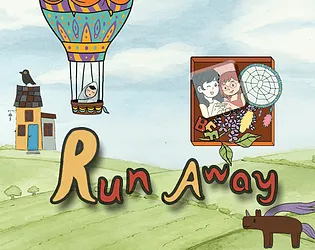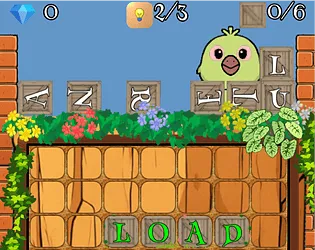Letter Games
Letter Puzzle Games — The Building Blocks of Language
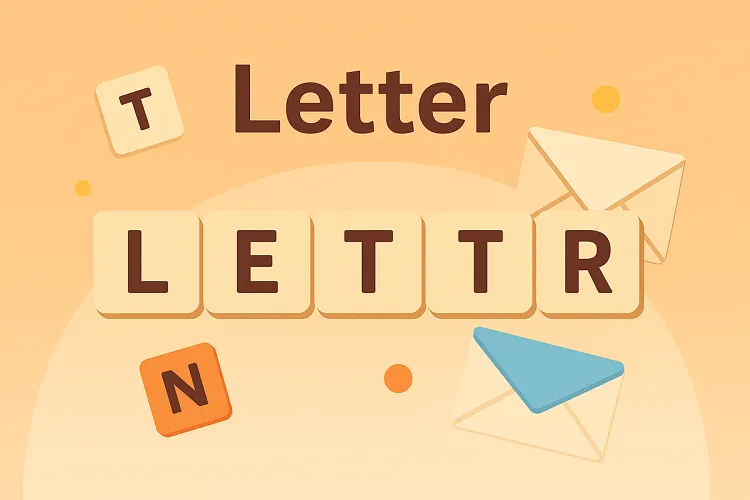
Letter puzzle games celebrate the fundamental units of written language — individual letters — as puzzle components. These games challenge you to arrange, combine, discover, or manipulate letters to form words, solve anagrams, complete patterns, or achieve linguistic objectives. Letter puzzles transform the alphabet from passive symbols into active gameplay elements.
By focusing on individual letters rather than complete words, these games engage different cognitive processes: pattern recognition at the character level, visual scanning for letter shapes, and the creative synthesis of combining disparate letters into meaningful words.
Why Letter-Based Puzzles Engage the Mind
Fundamental Recognition — Letters are among the first abstract symbols we learn. Letter puzzles tap into deeply ingrained pattern recognition skills developed since childhood.
Creative Combination — The same set of letters can form multiple words depending on arrangement. This combinatorial creativity — finding different possibilities from identical components — exercises flexible thinking.
Visual-Linguistic Bridge — Letter puzzles engage both visual processing (recognizing letter shapes, scanning grids) and linguistic processing (knowing which letter combinations form valid words).
Scalable Challenge — Letter puzzles accommodate all skill levels. Beginners find common three-letter words; experts spot obscure seven-letter combinations from the same letter set.
Educational Value — Letter puzzles improve spelling, expand vocabulary, reinforce phonics patterns, and strengthen language skills while entertaining.
Types of Letter Puzzle Games
Anagram Challenges — Rearrange given letters to form words. Simple in concept but requiring mental flexibility to see alternate arrangements.
Word Search — Find hidden words in letter grids by connecting adjacent letters. Combines visual scanning with vocabulary knowledge.
Letter Arrangement — Place or move letters to create valid words, often with placement rules or grid constraints adding strategic complexity.
Crossword-Style — Fill grids with letters to form interlocking words based on clues, definitions, or patterns.
Letter Building — Construct words by adding letters sequentially, often with rules about which letters can follow others.
Pattern Completion — Identify missing letters in patterns, sequences, or partially revealed words using context and language rules.
The Cognitive Benefits
Letter puzzle games provide genuine cognitive exercise:
Spelling Reinforcement — Repeatedly forming words from letters strengthens spelling memory through active practice rather than passive reading.
Vocabulary Expansion — Discovery-based learning. When you find a word you didn't know existed, it sticks better than memorization.
Pattern Recognition — Training your brain to spot letter combinations that frequently appear together (common prefixes, suffixes, letter pairs).
Mental Flexibility — Anagram-solving particularly trains cognitive flexibility — the ability to break fixation on one arrangement and see alternatives.
Visual Scanning — Letter grid games improve systematic visual search strategies and attention to detail.
Perfect for Language Learners
Letter puzzles serve as excellent language learning tools:
Native Speakers — Deepen understanding of their own language's structure, expand vocabulary, and improve spelling.
Second Language Learners — Build vocabulary, internalize spelling patterns, and practice word formation in engaging, low-pressure contexts.
Children — Develop foundational literacy skills through playful letter interaction rather than rote memorization.
Adults — Maintain language skills and mental sharpness through regular linguistic exercise.
The Satisfaction of Discovery
Letter puzzles create moments of delightful discovery. That "aha!" when you suddenly see the word hidden in scrambled letters, when the perfect arrangement clicks into place, or when you spot an obscure word in a letter grid — these moments generate genuine satisfaction.
Unlike puzzles with single correct solutions, letter puzzles often reward creativity. Finding an unusual word feels like personal achievement because you discovered something that might not be obvious to others.
Competitive and Cooperative Play
Letter puzzles work well in multiple social contexts:
Solo Challenge — Race against time or maximize word count from letter sets Competitive Multiplayer — Who can form the most words or highest-scoring words from shared letters? Cooperative Play — Work together to find all possible words or complete challenging letter arrangements Asynchronous Competition — Compare scores with friends or global leaderboards
Accessibility Across Ages and Cultures
Letter puzzles have universal appeal because:
Simple Core Mechanic — Everyone who can read can understand letter puzzles No Special Knowledge Required — Just vocabulary in your language Cultural Adaptation — Letter puzzles work in any written language with alphabets Multigenerational — Grandparents, parents, and children can all enjoy letter challenges at their own levels
Daily Mental Exercise
Letter puzzles excel as daily mental workouts:
- Morning brain activation — Solve a quick anagram to wake up your linguistic centers
- Commute entertainment — Form words from letter sets during transit
- Break-time challenges — Quick letter puzzles fit perfectly into short breaks
- Evening wind-down — Relaxing letter searches before bed
Regular practice with letter puzzles maintains linguistic sharpness and provides measurable skill improvement over time.
Beyond Simple Entertainment
Letter puzzle games serve purposes beyond recreation:
Therapeutic Applications — Used in cognitive rehabilitation and therapy for language-related conditions Educational Tools — Teachers use letter games to make spelling and vocabulary practice engaging Mental Sharpness — Older adults use letter puzzles to maintain cognitive function Stress Relief — Focusing on letter patterns provides meditative distraction from worries
Discover Letter Puzzle Games
Explore our collection of letter puzzle games and engage with language at its most fundamental level. Whether you're rearranging anagrams, hunting for words in letter grids, building words from scattered letters, or solving crossword-style challenges, these games prove that the simple alphabet contains infinite puzzle possibilities.
Twenty-six letters. Countless combinations. Endless challenges. That's the beauty of letter puzzle games — where the building blocks of language become the building blocks of entertainment.
